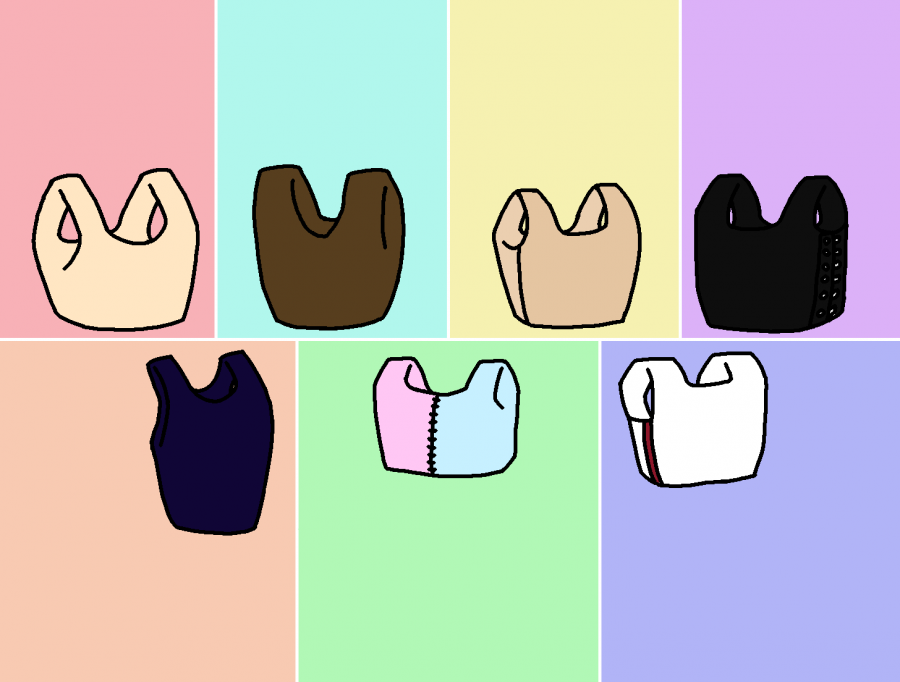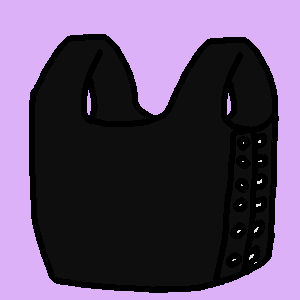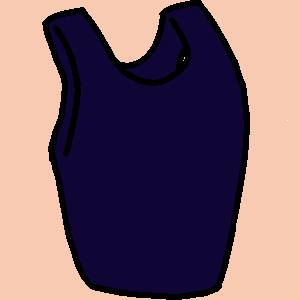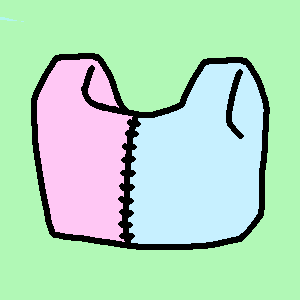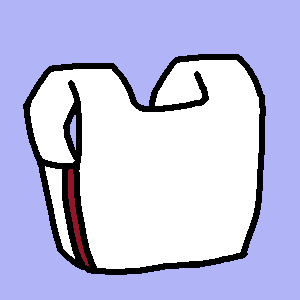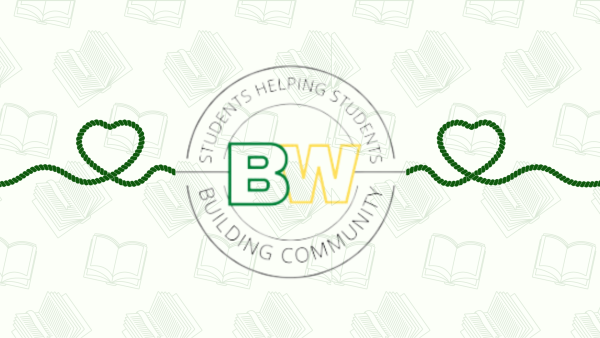How to bind safely
Binding is a practice used by people to smoosh the chest, most commonly used by people in the LGBTQIA+ community. WSS staffer Renee Gould ‘22 goes through how to bind safely and discusses their personal experiences.
Binders come in a variety of colors and styles.
What is binding?
Binding is most commonly used by transgender (assigned female at birth and nonbinary) people, but it can be used by anyone wanting a less feminine appearance by smooshing the chest. It can be done using many different materials, like duct tape, plastic wrap, elastic bandages such as Ace bandages, sports bras, commercial binders and layering many different types of binders.
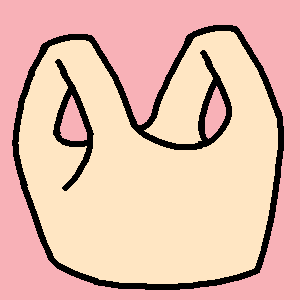
As a side note, please don’t do most of the binding methods above. Using one sports bra, or using one commercial binder is what should be done. There are bandages that can be safely used as binders (NOT Ace bandages.), Trans Tape is one such example. But please do not layer multiple binding methods, and don’t use duct tape.
There is also variation in when people bind. Some people will only bind on special occasions, while others prefer to bind almost daily. Personally, I bind on days when it feels the most right, which is most days I go out in public. The first study done on chest binding found that over half of the participants bound for seven days a week, and for an average of ten hours a day.
97.2 percent of people who bind reported at least one negative health effect attributed to binding. — Transgender Health
In another study done on people who bind, roughly 76 percent report skin and tissue problems. 74 percent report pain in the chest, shoulders, back or abdomen. 50 percent report respiratory problems (short and long term). 48 percent report musculoskeletal symptoms, like postural changes, muscle wasting, or rib fractures. The study found that almost 9 in 10 people experienced at least one negative effect from binding, and 8 out of 10 felt that it was important to discuss binding with a healthcare provider. But only 3 in 20 sought medical care for binding-related health issues.
In the remainder of this article, I’m going to be talking about using commercial binders. These are also the most commonly available and used methods of binding. If you use another type of binder, make sure to do research on that specific type of binder.
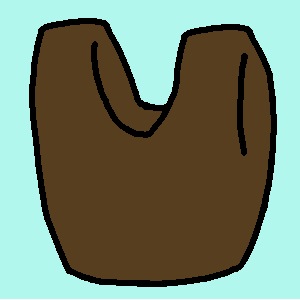
Basics of binding
One thing to note; everyone is different. You shouldn’t disregard these basic rules, but know that you may never get to a point where you can safely wear a binder for eight hours. Currently, I can only wear mine for seven hours before it’s no longer safe. Know that it’s okay to not be able to wear it for eight hours, make sure to listen to your body and understand your limits.
Binders should be worn for eight hours at the maximum. When you first start binding, or with a new binder, start off wearing it for only two hours at a time, and slowly work your way up to the eight-hour limit. Take it off immediately if you start experiencing shortness of breath, any chest pain, or it feels tight. You should also remove it if you feel lightheaded, dizzy or numb. Make sure to take rests, take it off throughout the day as possible, and take rest days. Personally, I will only bind every other day at the maximum, though you can wear it more often.
Make sure you do breathing exercises while binding, even if it’s only a few breaths hourly. Deep, routine breathing and light coughing are helpful. There are also stretches you should do before, after and during binding. And, it’s very important to stay hydrated and wash your binder often. Once again, it’s crucial to listen to your body, pay attention to if those stretches or breathing exercises are harder than if you weren’t binding. If they are, take it off!
It is also essential to remember that you shouldn’t do any strenuous exercise while wearing a binder. Though exercise could be an activity that you’d most like to bind during, it is extremely dangerous and can cause permanent damage. You should also not wear a binder when it is wet. This is because it can be tighter and heavier, and therefore the wrong size. On top of those, it’s important to never sleep in your binder. Though sleeping is the main concern, it’s important to avoid any activity that causes slower, shallower breathing while binding.
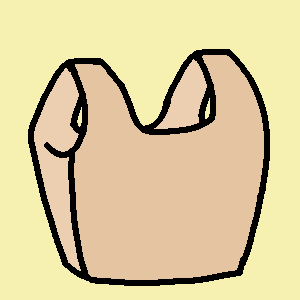
Where and how to order a binder
First of all, it’s important to discuss where you can get access to a good binder. There are many great sites, but a few are GC2B, Underworks, Spectrum Outfitters and Point of Pride. Point of Pride is free and offers binders to people who cannot afford them. There are many sites that also offer free binders or funds for transitioning. It’s also possible to donate to these sites in order to help those in need. Make sure to do some research into the site, as sadly there are plenty that are scams.
Personally, I used GC2B. I found that it was really good, as the site was easy to use, there was a wide variety of colors and types of binders. The shipping was pretty fast. I ordered one on Jan. 21, and it arrived on Feb. 9. I used the default, cheapest option for shipping. This had five to seven business days to process the order, and then roughly ten days for shipping. The processing was completed on Jan. 26, meaning it took fourteen days for the shipping, a bit over the promised timeline. Once it arrives, it has discreet, plain packaging. Inside, there are instructions for how to safely wear and take it on and off, as well as a guide for how to return it.
For ordering, it’s important to use the size charts on the website. And when in doubt; go a size up. Do NOT go a size down. It will not make you seem flatter, it will not fit better, it will cause permanent damage.
Once the binder arrives, test it. Try to put it on, try to take it off, try to stretch, and do basic activity things with it on. And if the binder doesn’t fit, do not wear it. Return it and go a size up.
If you don’t already have a binder, it can be hard to tell if the binder is a good fit. It can also be hard to figure out how in the world you take it off and put it on. There are many online guides, and as I mentioned above, GC2B will have basic instructions in the packaging. I assume that many other companies do the same thing. However, binders can be treated as being akin to a tight camisole; bunched up before being fit over the head and shoulders, then unrolled. And for removal, you can either grab the back and pull it over your head, or you can lift it from the bottom.
To ensure that the binder is a good fit, doing some basic activities can help. It should go on and off easily and with very little struggle once you get used to the motions. It should also not hurt or squeeze, with light squishing only. It should in no way pinch or dig into your skin.
Binding should feel like a warm hug.
— Renee Gould '22
How to wash and care for your binder
GC2B has free resources about this, and answers many questions. However, many other sites have similar resources, so if you have a question, it’s better to ask or look for someone who has already had experience with your problems.
It is important to know how to wash and care for your binder, as improper care can cause tons of problems with the binder itself. First off, know that it is possible to use a machine to wash and dry a binder. Using the ‘delicate’ setting and a delicates bag will help keep the binder from being damaged. When machine drying; it’s important to know that this should be done almost never and very carefully.
Air-dry until it is completely dry before wearing is the only way to dry it. The dryer should be used for only seven to fifteen minutes, and done extremely sparingly. Using the dryer will tighten the binder, and if it becomes too tight, it is no longer wearable. Air drying is pretty simple, as it just requires hanging it up or laying it out overnight and it is often ready to wear again in the morning. If you are not out to your parents, then place it in a private place, even if this means that it will take longer for the binder to dry.
When washing, though it is possible to use a machine, washing by hand is better for the binder. You are able to use warm or cold water, as long as you lather gently with dish soap or a mild laundry detergent or other gentle cleaning agents. It is also important to wash all the soap out before laying it out to dry.
Swimming and light exercise
First of all, you must be extremely careful. It is vital that the exercise is light and not strenuous. Ensure that you are taking frequent breaks and are listening to your body! If you feel anything mentioned in the basic rules, you should stop immediately, and remove the binder as soon as possible. Make sure that you have backup plans that include non-squishing agents with you, and that you are willing and able to use those. It is an extremely dangerous thing, and should only be done with very light exercise, and with frequent breaks.
For swimming, the binder should be removed immediately once finished. And the binder should not be put back on when it is wet. Swimming is extremely dangerous as it can inhibit breathing. So ensure that you are taking breaks and paying attention to your body.
Though exercise can bring up a lot of dysphoria, and this is often the time when people most want to bind, it’s better to avoid it altogether if you only have a commercial binder. There are some specialized ways to bind that you can exercise safely, but those are not the sort of binder I’m talking about here. Be careful, do research, and always listen to your body.
Words of warning and personal experiences
This section is mainly about some smaller things that are hard to put into the other categories. This is also more based on my personal experience.
First of all, having a binder won’t completely flatten your chest, particularly if you have a larger bust size. It will, however, make your chest flatter. It does an extremely good job, but don’t expect to be perfectly flat. And don’t try to layer binders or use a sports bra in conjunction with a binder, this is extremely dangerous! Personally, I found that when I paired my binder with an oversized hoodie, I looked almost entirely flat.
As I mentioned before, you should start off wearing the binder for only two hours at a time maximum. To be blunt, I didn’t. I honestly didn’t have this information and thought the limit was just simply eight hours. After hour six, I started to feel that it was time to take it off and removed it. From those six hours, I’ve worked up to just over seven and a half hours. It takes a lot of time to work up, and I’d say upping it a half-hour a day is the maximum. And note that how much you increase is based on your body. For example, I stayed at about six hours for my first five or so wears, only going up maybe five minutes and wearing it for only three or so hours a small handful of times. However, I then was able to wear it for thirty more minutes and then an hour and then I was able to go all day at school. Building up to the eight-hour limit is slow going, but it’s better to go slowly and carefully than to try to rush!
Another thing I will mention is that my first few wears, I was primarily sitting and relaxing. This was during a long weekend and I was binge-watching a documentary, so I spent most of my time sitting and having a relaxing time. Which is likely what allowed me to wear it for longer than recommended. I’d suggest doing something similar, where you start by wearing it on days where you won’t be doing much and will mostly relax. Obviously, this isn’t a set rule and more of a helpful tip.
I’ve found that binding also improves posture, as the half-shirt I have will roll up uncomfortably if I slouch or am hunched over, so I naturally straighten up more. It’s also good to note that binders have a surprising amount of support. I have conquered the stairs! Of course, now it’s harder to catch my breath, but I have conquered them. Plus jumping, I have conquered jumping!
I have also found that the binder is surprisingly comfortable. I use GC2B half binders, but they’re well made with soft enough fabric that they feel very comfortable. I have also seen online reviews of people with highly sensitive skin finding the fabric to be nice.
Closing statements
These are all of the rules for binding known so far, as there is very little scientific inquiry into binding. You should speak to your doctor about binding, if possible. It’s important to note that they will likely not have much information, but may be able to point you in the right direction. Of course, this isn’t always an option and those who aren’t out to family yet may find that having a binder is highly stressful.
It’s important to think through if having a binder is worth being outed for. If you aren’t ready to come out to family, or even to friends, a binder may not be for you. Of course, using a binder can give you a chance to try and figure out your gender identity.
Sadly, you also have to consider your safety. If your family might throw you out or physically or mentally harm you, you have to be more careful about binding. It is awful, and you are valid, but you have to think about this. If you might be in harm’s way for binding, you probably shouldn’t bind. You should have the ability to bind (safely), but you still have to consider this.
The Trevor Noah Project, GLAAD, and many other organizations, including ones based in Iowa City, are established to help people with different gender identities with coming out and staying safe. And if all else fails, I have a guest room.
Your donation will support the student journalists of West High School. Your contribution will allow us to purchase Scholarship Yearbooks, newsroom equipment and cover our annual website hosting costs.

(all) Renee Gould is a senior at West, it is their third year on staff and is currently the opinion editor for the online publication.

(she/her) Cassandra Michaels is a senior at West. This is her second year on the staff for the online publication as an artist. When she isn't busy she...



